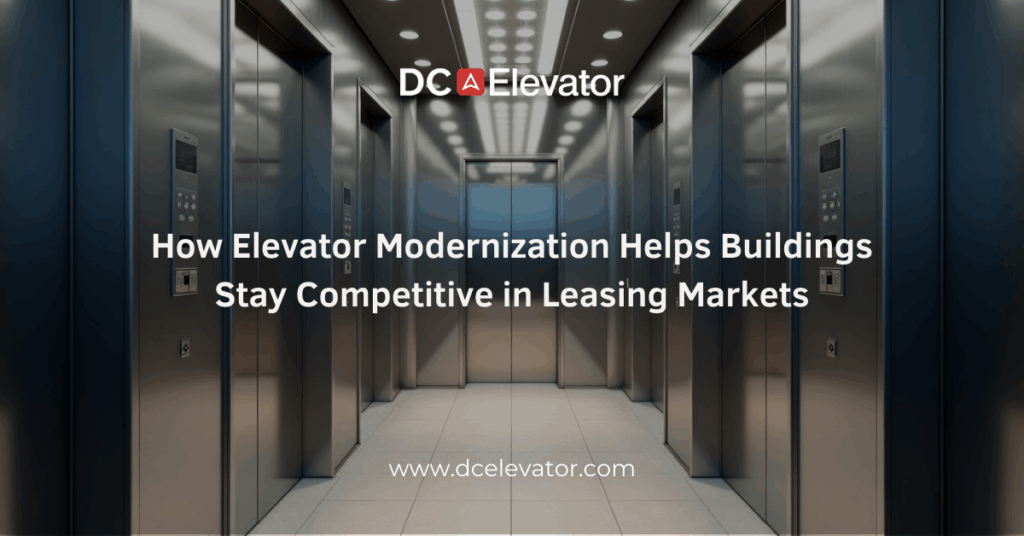In today’s competitive real estate market, tenants are more selective than ever. From sleek lobbies to state-of-the-art amenities, every detail plays a role in attracting and retaining occupants. But one feature often overlooked is the elevator. Did you know that outdated elevators can actually influence leasing decisions? For prospective tenants, an elevator is more than just a transportation system—it’s often their first impression of your building’s safety, efficiency, and overall quality. For property owners and facility managers, elevator modernization isn’t just about maintenance—it’s about staying competitive in the leasing market.
The Impact of Elevators on Tenant Perception
Tenants expect reliability, speed, and safety when using elevators. An outdated or slow system can signal neglect, lowering a property’s perceived value. On the other hand, modernized elevators enhance convenience and project a commitment to quality.
-
First Impressions Matter: A modern, efficient elevator reflects well on the building’s management.
-
Tenant Satisfaction: Reduced wait times and smoother rides improve daily experiences.
-
Safety & Compliance: Upgraded elevators meet current codes, reassuring tenants about their safety.
In markets where tenants compare multiple properties, these factors can make the difference between a signed lease and a lost opportunity.
How Modernization Improves Leasing Potential
Elevator modernization offers tangible benefits that directly affect leasing competitiveness:
-
Energy Efficiency: New systems consume less power, lowering operating costs—an attractive feature for tenants seeking sustainability.
-
Aesthetics: Sleek control panels, improved lighting, and updated interiors elevate the building’s image.
-
Accessibility: Modern systems comply with accessibility standards, broadening the building’s appeal to diverse tenant groups.
-
Performance: Faster, quieter, and more reliable rides support a professional atmosphere, especially important for office or hospitality spaces.
These improvements not only increase tenant satisfaction but also allow property owners to justify higher lease rates.
Real-World Examples
-
Commercial Buildings: Office towers with modernized elevators often report higher tenant retention, as employees and clients experience greater convenience.
-
Residential Properties: In competitive urban housing markets, tenants are more likely to choose buildings that provide smooth, safe, and visually appealing elevator rides.
-
Hospitality Sector: Hotels rely on efficient elevators to move large numbers of guests quickly; outdated systems can directly impact guest satisfaction scores.
Modernization is therefore more than a technical upgrade—it’s a strategic investment in leasing success.
Preparing Your Building for the Future
For building owners, the key is knowing when to modernize. Signs include frequent breakdowns, long wait times, outdated aesthetics, or rising repair costs. Partnering with an experienced service provider ensures the modernization process is smooth and tailored to the building’s needs.
By taking proactive steps, property managers can future-proof their assets, improve tenant experiences, and strengthen leasing competitiveness in a challenging market.
In the leasing market, every detail counts—and elevators play a bigger role than most realize. Modernized systems not only improve safety and efficiency but also enhance tenant perceptions, helping properties stand out from the competition. Whether you manage a commercial tower, residential complex, or hospitality property, upgrading your elevators can directly influence your leasing success.
If your building’s elevators are showing signs of age, our experts can help determine the right modernization strategy. Contact us today for an elevator analysis and ensure your property remains competitive in the market.
